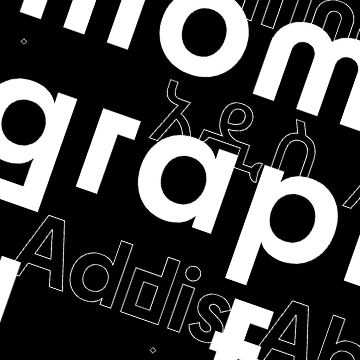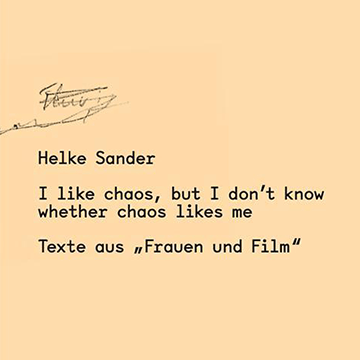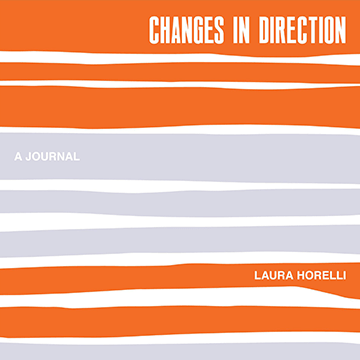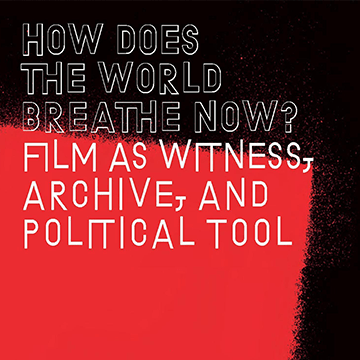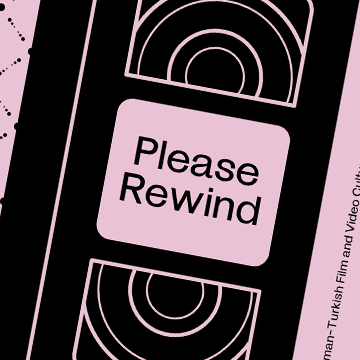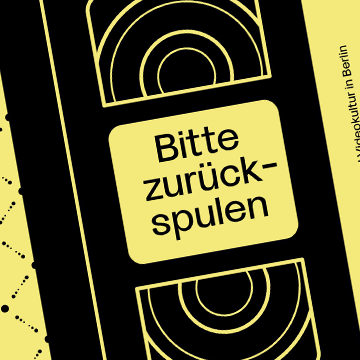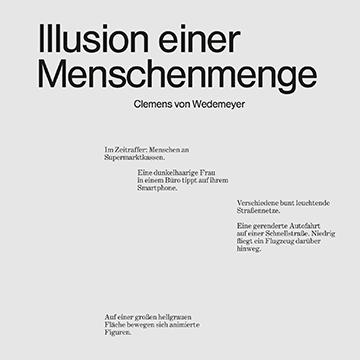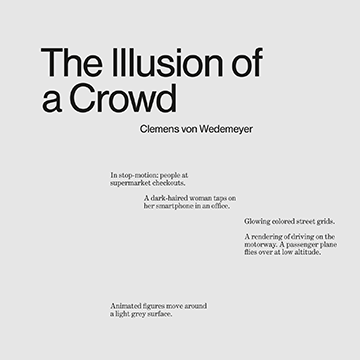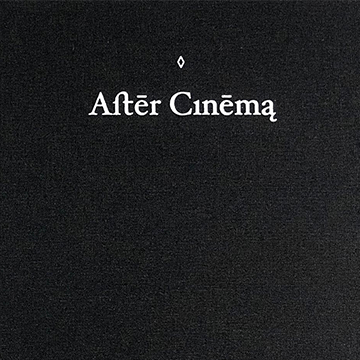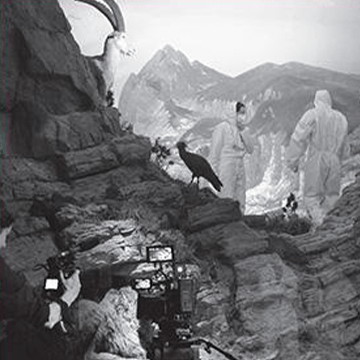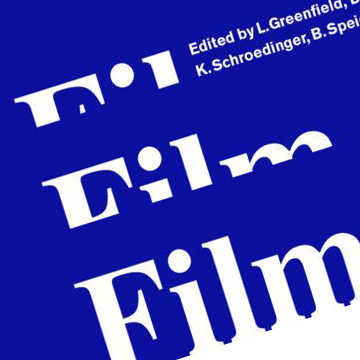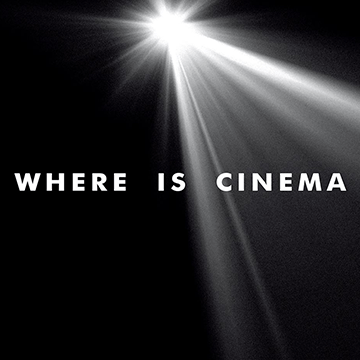Film Undone presents contributions introducing unmade and unfinished film projects, film ideas realised in non-filmic media, as well as films that remained unseen in their intended form and at their intended time.
Tag: Film
DNCB – A History of Irritation
Part visual essay, oral history and artist book, DNCB - A History of Irritation is a companion to the multi-channel installation DNCB by Oliver Husain and Kerstin Schroedinger. The book plays with contrasting paper formats and materials, using glossy colourful video stills and distorted archival imagery to achieve a similar effect to the film, video and audio tracks in the installation. It gives more room to the informative and deeply touching interviews the artists did with AIDS activists and long-term survivors, and collects the archival research on DNCB for the first time in a publication.
Momentography of a failure
Momentography of a failure [Addis Ababa] brings essays, timelines, film, photography, and a series of conversations together to deal with Ethiopia’s controversial urbanisation and the transformative space of the city. It explores the gradual transition of rural-urban space, inner-city migration, emerging and disappearing spaces, and commoning in public space.
Helke Sander: I like chaos, but I don’t know, whether chaos likes me
Die monografische Publikation „Helke Sander: I like chaos, but I don’t know, whether chaos likes me“ umfasst Texte aus „Frauen und Film“, der ersten feministischen deutschsprachigen Filmzeitschrift, die 1974 von Helke Sander gegründet und herausgegeben wurde. Die für die Publikation ausgewählten Texte fokussieren zentrale Fragestellungen der feministischen Filmarbeit, ökonomische sowie recht-liche Bedingungen und vor allem deren strukturelle Bedingtheit in gesellschaftlichen Verhältnissen und ihre radikale Kritik daran.
Changes in Direction
Changes in Direction – a Journal provides multivocal and transnational African-European statements to current decoloniality debates from different perspectives. The Finnish-German artist Laura Horelli engages with the traumatic and complex histories of colonialism and international solidarity between East Germany, Finland and Namibia, staging micro-historical interventions in public spaces.
On the Run
A pioneer of African cinema and author of an uncompromising, strong and diverse oeuvre, we have come to know Med Hondo over the decades as one who simultaneously gazes, belligerently and attentively, sharply, passionately and ironically, deep into the past, precisely at the present, but also far into the future. On the Run. Perspectives on the Cinema of Med Hondo, second in a series of three, features contributions that pay tribute to Med Hondo’s films.
Das Kino von Med Hondo
This publication is the third of a series that aims to pay tribute to Med Hondo’s cinema and to reinvigorate interest in his films. It consists of twenty two essays and interviews in French and German, published in their original language. The book originated in the long-term project Cours, cours, camarade, le vieux monde est derrière toi—Run, comrade, run, the old world is behind you—The Cinema of Med Hondo.
How Does The World Breathe Now?
The film series conceived of by SAVVY Contemporary, which ran from September 2016 through March 2018, was a response to our own dismay at the continued injustices that the world faces. Each week SAVVY invited a different speaker who would choose a film that she or he felt answered, or asked more questions of, the question, “how does the world breathe now?”
Please Rewind. German-Turkish Film and Video Culture in Berlin
Along with labor migration from Turkey, Turkish film culture has, over the years, established itself in West Berlin. Starting with screenings of Turkish films in Berlin cinemas, the video cassette conquered the market in the 1980s. Video nights became important family events; the video rental industry was booming. In addition to the import of videos from Turkey, videos which examined experiences of migration and ques- tions of identity were also produced in Germany. This publication is dedicated to the re-discovery of the German-Turkish film and video culture which continues to shape the post-migrant society to this day.
Bitte zurückspulen. Deutsch-türkische Film- und Videokultur in Berlin
Mit der Arbeitsmigration aus der Türkei etablierte sich über die Jahre auch die türkische Filmkultur in Westberlin. Angefangen mit Vorführungen türkischer Filme in Berliner Kinos, eroberte in den 1980er Jahren die Videokassette den Markt. Videoabende wurden zu wichtigen Familienevents, das Video-Verleih- geschäft boomte. Neben dem Import von Filmen aus der Türkei wurden auch in Deutschland Videos produziert, in denen Migrationserfahrungen und Identitätsfragen thematisiert wurden. Diese Publikation widmet sich der Wiederentdeckung dieser deutsch-türkischen Film- und Videokultur, welche die postmigrantische Gesellschaft bis heute prägt.
Illusion einer Menschenmenge
Filmmaterial 7 / In Zusammenarbeit mit Till Gathmann. Mit den Filmen Transformation Scenario, 70.001 und Faux Terrain sowie einem Bildessay, Glossar und Textbeiträgen von Heike Geißler, Fanni Fetzer und Franciska Zólyom.
The Illusion of a Crowd
Film material 7 / In collaboration with Till Gathmann. Including the films Transformation Scenario, 70.001, and Faux Terrain, as well as a visual essay, a glossary and texts by Heike Geißler, Fanni Fetzer, and Franciska Zólyom.
Azin Feizabadi. After Cinema
This book marks the ten-year anniversary of the project A Collective Memory by Azin Feizabadi. The project encompasses five narrative-driven films, alongside other artworks. Each film has its own urgency, approach, and point of departure. The films naturally vary in their subjects, they touch upon stories of migration, uprising, transformation, revolution, renewal, collapse, defeat, depression, and desire that connect the life of the artist with those around him.
Assaf Gruber. The Storyseller
Assaf Gruber’s films examine how art affects individuals who are not necessarily drawn to it. What may seem to be at the margins of culture sometimes turns out to be its most conspicuous parts. The films’ plots emerge from the situations of their characters, addressing the ways in which personal stories become intertwined with political ideologies, and how social relations between private and public spheres are shaped.
Film in the Present Tense
This book brings together contributions from participants and guests of Film in the Present Tense – International Symposium on Current Developments in Analog Film Culture, held in Berlin. It reflects a contemporary discussion around the use, value and purpose of analogue film from a multiplicity of perspectives: artists, filmmakers, scholars, archivists, curators, technicians and manufacturers. Film in the Present Tense intends to provide a documentation of the collective momentum that characterized the symposium and it responds to the persistent desire to keep talking about analogue film.
Where is Cinema?
The book is compiled of portraits of film initiatives from around the world, interwoven with conversations with adventurers who have rebooted movie theatres or built them up from the ground, in the hope that it can be an inspiring compendium for future cinema builders, filmmakers, film curators and film lovers.


